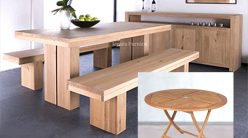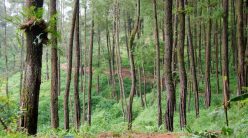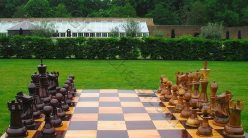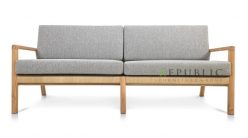Learn the Important Features of a Nesting Box That Will Attract Nesting Birds to Your Yard
© Rosemary Drisdelle
A nesting box has to be right for the bird. Choose a local bird, check box dimensions, hole size and position, and select an appropriate location for a perfect fit.
In the spring, a bird’s thoughts turn to nesting; you can help the birds and improve your backyard bird habitat by providing a bird house, or nesting box. Don’t just hang any old box with a hole in it up in a tree, however: you’ll need to place the right kind of nesting box, for the right kind of bird, in the right place. Birds can be fussy about bird house design; if you want the Yellow-shafted Flicker that hunts ants on your lawn to nest in your trees, a nest box designed for Black-capped Chickadees isn’t going to work.
First, choose the right bird. What birds frequent feeders or other food sources on your property? The birds that already visit are the ones most likely to check into a nesting box. If you want to attract new birds to your property, think about the geography nearby: if you have a lake within 3.25 km (2 miles) of your home, putting up Tree Swallow nesting boxes might bring them.
Next, choose the right nesting box plan. If you’re going to build your own, there are lots of free wild bird house designs available on the internet. Just search for “blue bird nesting box,” “owl nesting box,” or whatever is appropriate for you. It’s a good idea to look at several different plans to be sure you are getting the dimensions and other details right. Pay specific attention to what the floor dimensions and height should be. Another important detail is where to put the hole and how big to make it. Holes that are too large allow predators to enter the nest and prey on eggs and young.
Other small design details may make the difference between an occupied nesting box and a vacant one. Northern Flickers like to excavate their own nesting site, so placing a block of partially rotted wood in the box may entice them. Nuthatches like nest boxes that are sheathed with tree bark. A Purple Martin nesting box should be white.
Finally, give careful thought to where you place the nesting box. How far off the ground should it be? A Chickadee nest box should be 1.25 – 2.5m (4 – 8 ft) high. For Eastern Bluebirds, place the box between 1.5 – 3m (5 – 10 ft) off the ground. A Northern Flicker box can be placed outside a second story window – 6m (20 ft) up! Consider the surroundings too: does your bird nest in thickets, or prefer open spaces? Should the bird house be attached to a tree trunk, or hung from a branch? Whether you purchased your nesting box or built one from a plan, check the instructions for placement hints.
Here are two last thoughts (one for the tree and one for the birdwatcher). Try to do minimal damage to the tree when you attach your nesting box. Don’t wrap bands around the trunk that will restrict growth, and if you attach the box with screws, use the smallest screws that will hold the house securely in position. Finally, try to find a good location where you can see the nest box and enjoy any traffic coming and going. If birds take up your invitation, your wild bird house will be a delightful focus of attention in the spring. Happy nesting.





